For decades, researchers have made remarkable progress in studying evolution. Below is a list of some of the most fascinating and unusual animal evolutions.
Top 5 Unusual Animal Evolutions
- 1. The Gear Mechanism of the Issus Bug
- 2. Bonobos Evolved to Show Empathy Towards “Strangers” Instead of Aggression
- 3. The Average Crowing of a Rooster is Equivalent to the Volume You Would Hear Standing 15 Meters Away from a Jet Taking Off!
- 4. In the Deep, Dark Ocean, Some Fish Have Evolved Super Vision
- 5. There Are a Total of 15 Ant Species, Including Colobopsis explodens, That Can Commit Suicide by Self-Exploding to Protect Their Territory
1. The Gear Mechanism of the Issus Bug
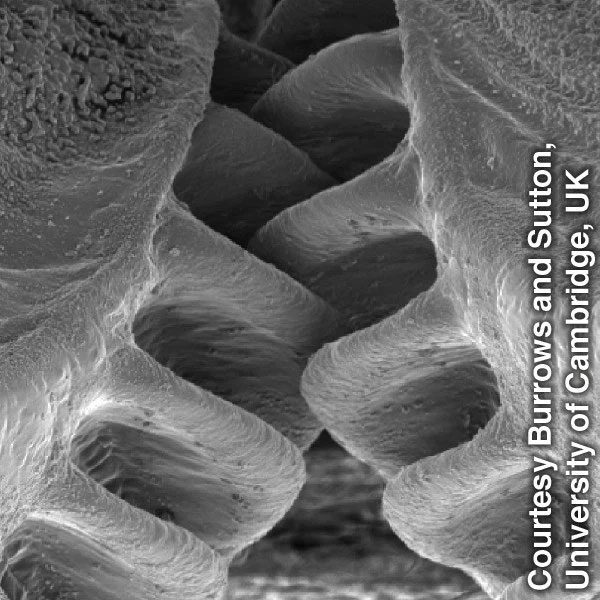
This bug is one of the fastest accelerators.
This insect belongs to the category of “planthoppers” and is one of the fastest accelerators in the insect world. It primarily lives on climbing ivy in Europe and has developed the strength to escape dangerous situations.
These bugs can vanish in just two milliseconds with an acceleration of 400G. Researchers say this skill is a result of intense pressure to become faster and leap farther. In immature individuals, they can jump at a speed of 3.9m/s. Such jumps require both hind legs to synchronize and launch simultaneously with equal force.
To achieve this, at the joint where the hind legs connect to the body, the bug possesses two interlocking gear mechanisms. When the bug jumps, the two gears mesh perfectly, allowing both legs to propel upwards at the same time.
2. Bonobos Evolved to Show Empathy Towards “Strangers” Instead of Aggression
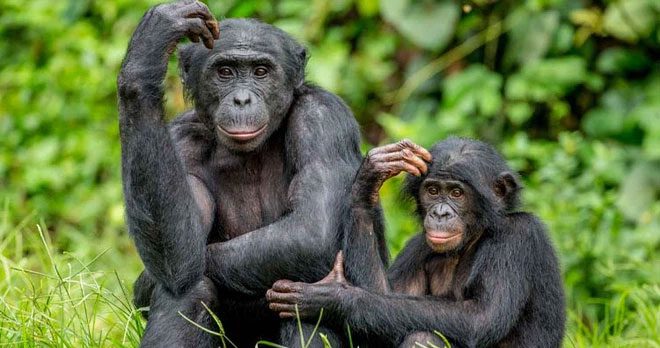
Bonobos, also known as pygmy chimpanzees.
They are closely related to humans, just like chimpanzees. In fact, they are the only primate species that never kills its own kind.
Bonobos, or pygmy chimpanzees, are a primate species always ready to help distant relatives unconditionally. They have developed behaviors based on their social needs. During research, scientists observed that this primate species exhibits pure altruism and is willing to share food with completely unrelated individuals without any demands or encouragement.
Even when encountering a group of unfamiliar individuals, bonobos tend to interact harmoniously and friendly. They have a matriarchal social structure, are peaceful, and use complex sounds to communicate.
Female bonobos must leave their family groups upon reaching maturity, making socializing with unfamiliar individuals important for them.
Bonobos share 98% of their DNA with chimpanzees, but the two species exhibit contrasting behaviors in their habitats. Chimpanzees are aggressive and hostile, unlike bonobos, who only help members of their group when asked.
3. The Average Crowing of a Rooster is Equivalent to the Volume You Would Hear Standing 15 Meters Away from a Jet Taking Off!
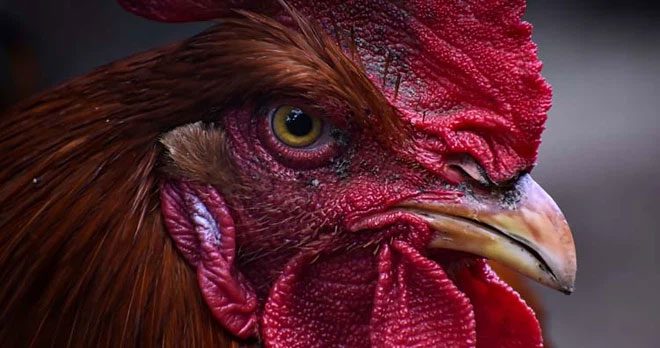
The volume of a rooster’s crow can exceed 140 decibels.
A rooster’s crow can be loud enough to cause hearing damage to someone standing very close to it. Their crowing can reach over 140 decibels, comparable to the noise of a jet taking off.
To understand how roosters can endure their own calls, researchers used a CT scanner to create 3D images of their skulls. It was observed that while a rooster’s beak is open to crow, a quarter of its ear canal completely closes off. Additionally, 50% of its eardrum is covered by soft tissue.
As a result, scientists concluded that roosters cannot hear their own crows at maximum volume. This mechanism also helps nearby roosters protect themselves from the crowing of other roosters.
Moreover, chickens have the ability to regenerate hair cells in their inner ears if they are damaged.
4. In the Deep, Dark Ocean, Some Fish Have Evolved Super Vision
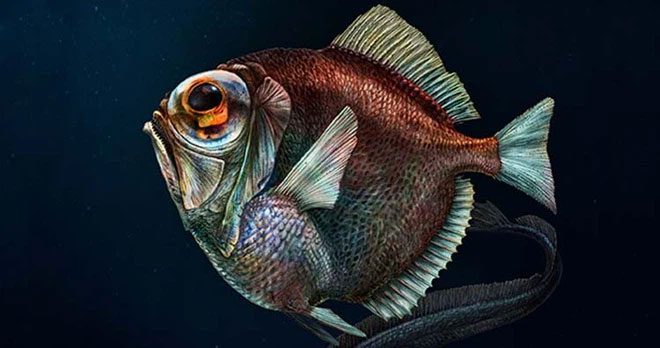
Fish living in the deepest parts of the ocean have very low exposure to light.
On average, deep-sea fish possess between 1 to 5 RH1 opsin genes, which detect dim light. However, a species known as “silver spiny-finned fish” has rod cells that include 38 RH1 opsin genes to fully capture all types of bioluminescence.
Fish living in the deepest parts of the ocean have very low exposure to light. The main light source they receive comes from bacteria, crustaceans, octopuses, and other fish. This disadvantage has been mitigated through evolution by increasing the number of genes for rod opsins, which are retinal proteins that detect dim light.
To understand how fish perceive this weak light, researchers examined the genomes of nearly 100 deep-sea fish species. They concluded that opsin proteins help capture photons across various wavelengths, enabling them to see colors even in dark waters.
Opsins allow fish to detect different wavelengths of light by creating amino acid chains. Common examples of fish with one to five RH1 opsins include lanternfish and tube-eye fish.
The ability to see bioluminescent light provides fish with a dual function: avoiding predatory threats while simultaneously detecting prey.
5. There Are a Total of 15 Ant Species, Including Colobopsis explodens, That Can Commit Suicide by Self-Exploding to Protect Their Territory
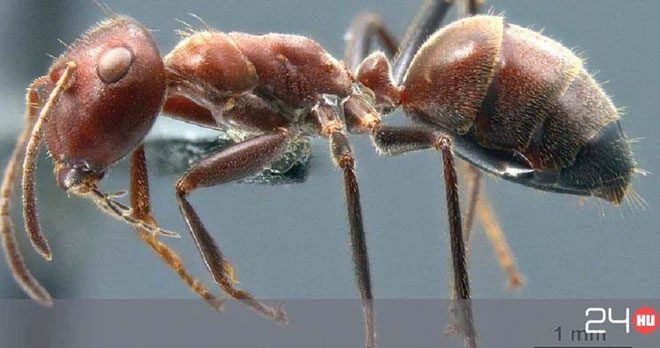
When threatened, these ants will intentionally rupture their bodies.
When threatened by other insects, worker ants in this group—sterile females—will intentionally rupture their bodies. They carefully orient their backs towards the enemy to release a bright yellow liquid. This toxic fluid overwhelms the attacker, resulting in both dying. Researchers say this sticky fluid has an unpleasant odor similar to curry.
However, these ants are not the only organisms that use this suicidal mechanism. Some species of aphids and termites also employ similar tactics.




















































